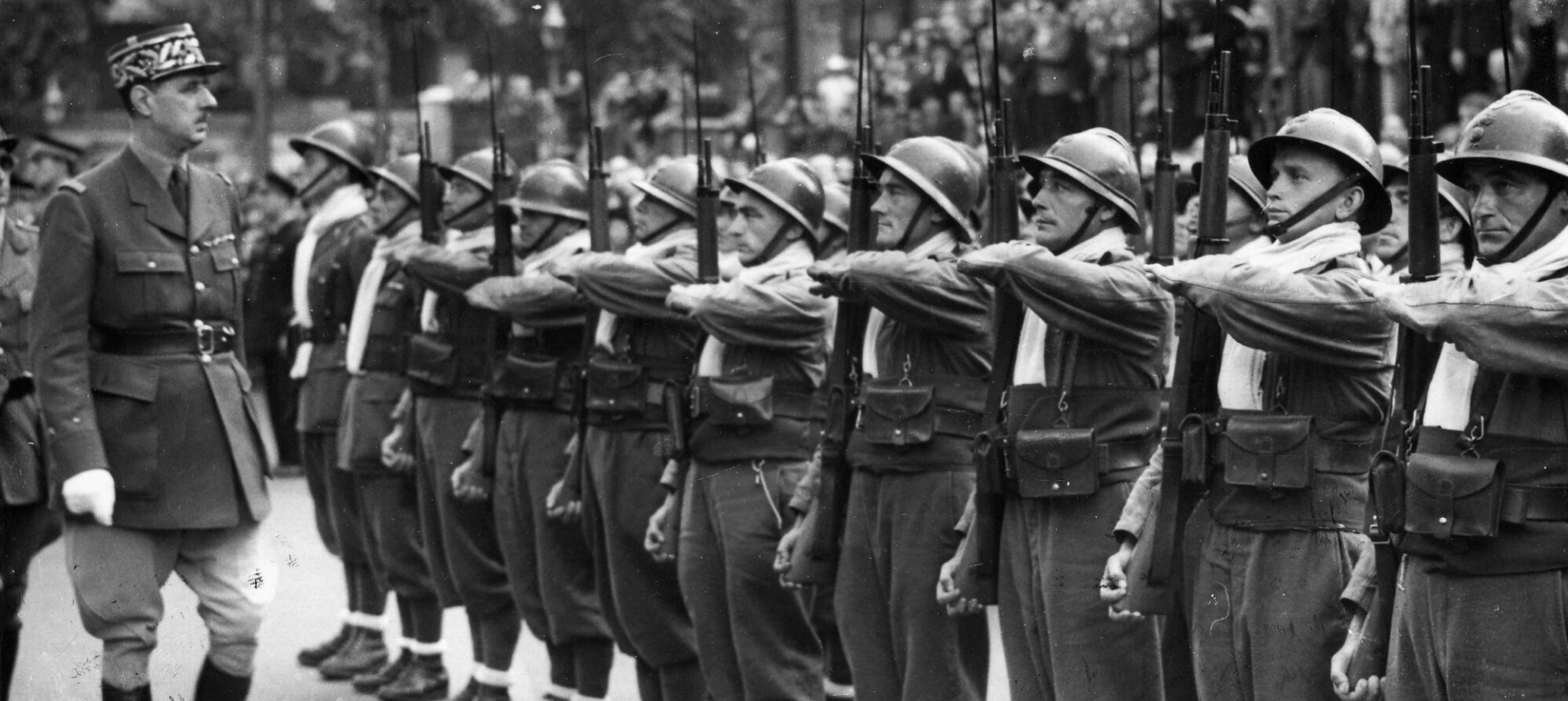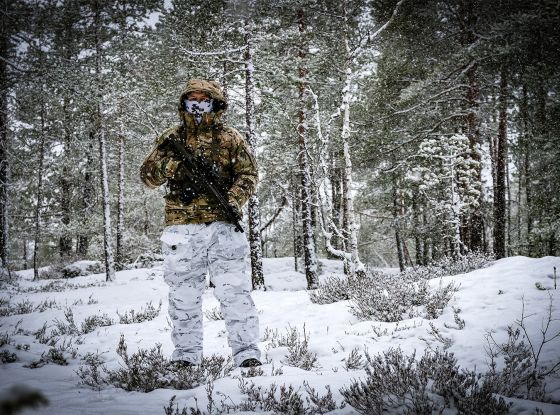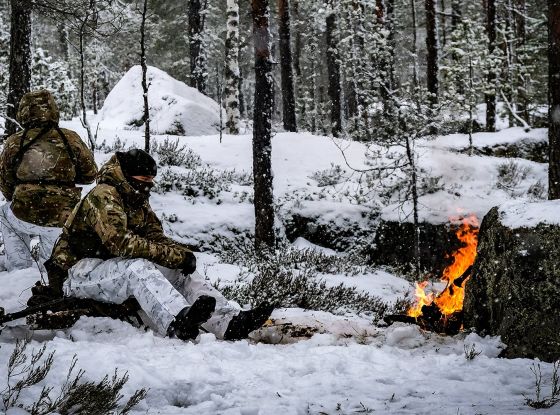Military uniforms evolve in response to ongoing advancements in tactics, weaponry, and technology. In this post, we’ll look at the milestone changes in the military uniforms of France over the past 400 years—changes that reflected the gradually emerging new ways French soldiers fought their nation’s battles.
In this blog post:
- Early Modern Period: Musketeers, Royal Guards, and the Evolution of Uniforms
- Napoleonic Era: Revolutionary Changes and the Advent of France’s Iconic Blue and Red Coats
- World War I: Trench Warfare and the Introduction of the Horizon Blue Uniform
- World War II: The French Army, Free French Forces, and Resistance Uniforms
- Post-War Period: Birth of the Modern French Uniform
- The French Uniform of the Future
- UF PRO's Garment Systems Recognised by Units Worldwide
- Conclusion
Early Modern Period: Musketeers, Royal Guards, and the Evolution of Uniforms
France’s early modern period stretches from approximately the beginning of the 1600s to the close of the 1700s. During this era, the French military relied heavily on various elite units, such as the Musketeers and Royal Guards. The uniforms at this time were extravagant and colourful, showcasing the wearer's status and allegiance. These garments typically featured blue coats adorned with gold or silver trimmings and white breeches. The hat worn in the 17th Century was called the cavalier—it had a distinctive wide brim and, often, a plume of feathers as an embellishment. This swashbuckling chapeau was superseded in the 18th Century by the tricorne hat (back then known as the cocked hat). This was a three-sided headpiece with an upturned brim affixed to the crown. Toward the end of the 1700s, the tricorne was replaced by the bicorne hat (same concept as the tricorne, but with one side fewer).
The French military uniforms of the early modern period were also influenced by advances in firearms technology, which saw the matchlock and wheel-lock weaponry of the 1500s give way to the much more reliable flintlocks of the 1600s. These developments changed the nature of warfare which prompted infantry units—such as the Musketeers—to adopt more suitable and practical uniforms. Among those practicalities was the need for lighter-weight garments permitting the wearer to more easily manoeuvre during battle.

Source: Charles Vernier (1831-1887)
Napoleonic Era: Revolutionary Changes and the Advent of France’s Iconic Blue and Red Coats
The French monarchy was overthrown by a revolution in 1792 and replaced by a republic which lasted only seven years before unravelling and descending into chaos. Order was restored by military leader Napolean Bonaparte, but he then went on to seize total power and eventually proclaimed himself emperor of France. Not content to rule the Gallic nation, Napolean in 1804 set out to conquer the rest of Europe. His campaigns ranged across the continent and came to be known as the Napoleonic Wars (they continued until 1815 and ended with France’s defeat).
The Napoleonic Wars heralded a significant shift in the design of the French uniform. The post-monarchy revolutionary government sought to create a sense of unity and purpose among its troops, opting for simpler and more practical uniforms. The destined-to-become-iconic blue and red coats, known as the "habit long," were made from durable materials such as wool and bore only minimal ornamentation. This focus on practicality was key to enabling the French army to successfully wage war across Europe during this period.
The Napoleonic Wars also saw the introduction of new uniform elements designed to improve soldiers' performance on the battlefield. One such example was the shako—a tall, cylindrical cap that provided additional protection and visibility. The French army also adopted a system of rank insignia, with epaulettes and other adornments used to distinguish officers and non-commissioned officers from enlistees. These innovations promoted greater organization and facilitated improved communication, both of which contributed extensively to French military success during this era.

World War I: Trench Warfare and the Introduction of the Horizon Blue Uniform
Until World War I, opposing armies typically faced off against one another out in the open. However, during that first global conflict, most of the fighting was conducted from protective shelters and fortifications dug into the ground 1 to 2 metres wide and 3 metres deep—a tactic made necessary by the lethality of machine guns and long-range artillery. Owing to the prevalence of trench warfare and to the demands of that style of combat during the Great War (as World War I was known at the time), France replaced its decidedly disadvantageous historic uniform—a most colourfully bright garment—with one designed to blend in with both the Western Front sky and landscape. Called the "horizon blue" uniform, this new outfit made wearers harder to spot by gunners eager to lock their sights on them. The horizon blue uniform consisted of a single-breasted tunic, trousers, and a shrapnel-shielding helmet (known as the "casque Adrian"). An important accessory was the "trench coat"—long, waterproof outerwear that offered protection from the constant sogginess and mud that made life in the trenches hard. Another horizon blue accessory was the "puttee," a long strip of cloth wrapped around the lower leg to prevent trench goo from seeping into boots.
During this period, the French military also developed specialized uniforms for different branches and units. For example, the French air force adopted uniforms suited for use by pilots and ground crews, while the French navy adopted uniforms that embraced tradition from the days of tall-masted sailing ships but that also reflected the realities of service aboard modern dreadnoughts.
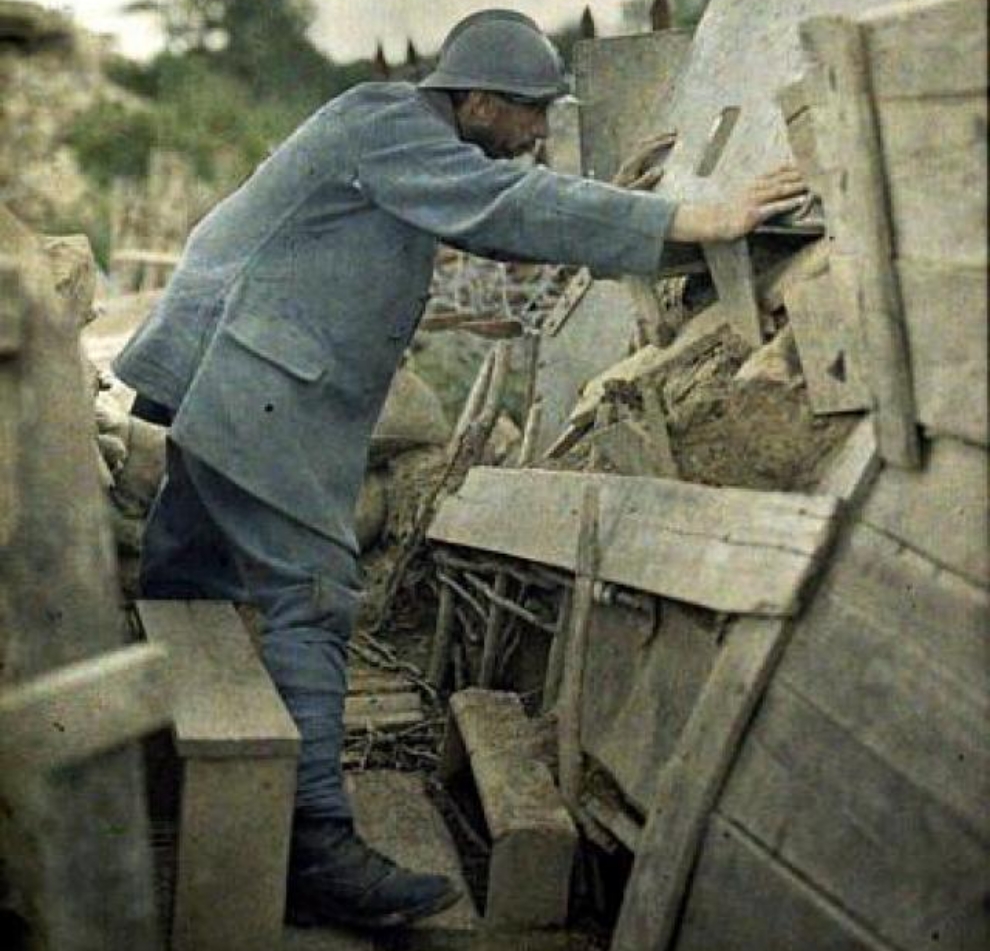
Source: www.historyonthenet.com
World War II: The French Army, Free French Forces, and Resistance Uniforms
World War II saw the French uniform evolve yet again. From the onset of hostilities in 1939 until the fall of France in June 1940, the uniform of the French army was the same as that of the previous war: the horizon blue. However, not all who wore the horizon blue uniform laid down their arms when France surrendered to the Nazis. For them, the fight continued as members of the Free French Forces in league with other Allied nations. Their uniform became that of the British, a khaki garment distinguished as French by the Cross of Lorraine insignia affixed to it. The Free French decided to adopt the British uniform for practical reasons mainly: the garments were readily available and allowed the Free French to easily integrate with their British counterparts.
The French Resistance, on the other hand, usually wore civilian clothing, with some members incorporating elements of the French military uniform to identify themselves as part of the underground. The dangers of belonging to the French Resistance necessitated that members be able to blend in with the civilian population; consequently, it was neither practical nor safe to adopt a conventional standardised uniform. However, some resistance members opted to accessorise their civilian clothing with distinctive elements—such as armbands or badges featuring the Cross of Lorraine—and in doing so signify their allegiance to the cause of liberating France.
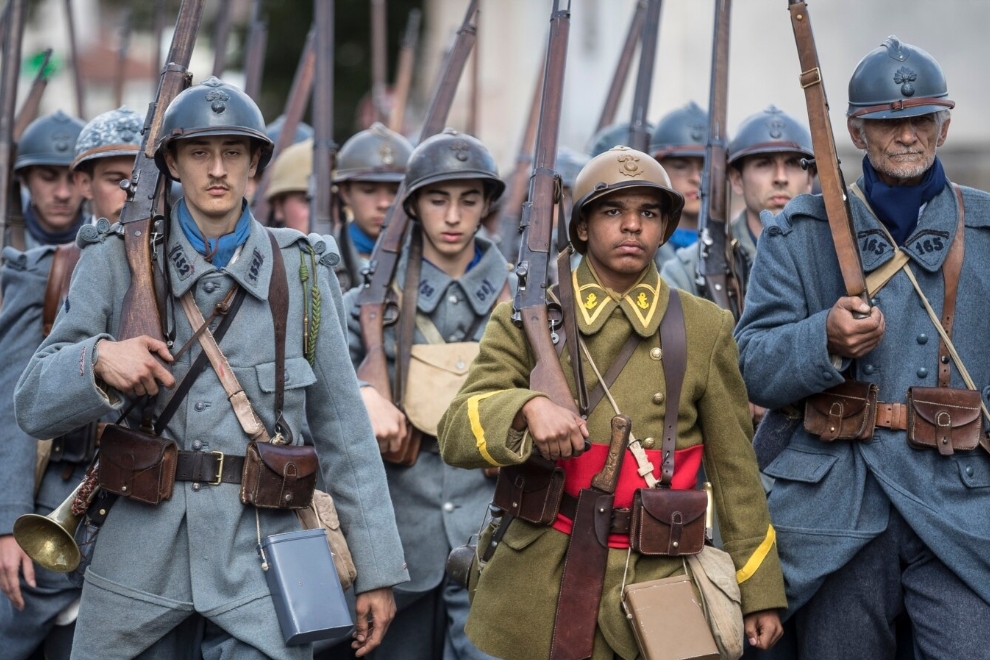 Source: www.foxnews.com
Source: www.foxnews.com
Post-War Period: Birth of the Modern French Uniform
After World War II, public sentiment in France augured in favour of rebuilding the nation’s military to permit Gallic influence to once again be exerted on the world stage. As part of that renewed fervour, the post-war French uniform underwent further modification—changes that laid the foundation for the French military uniforms of today.
The modern French uniform is characterised by versatility to meet the needs of a variety of combat situations. The current "Tenue de Combat" consists of a camouflage jacket and trousers complemented by a range of specialised equipment and garments for specific missions (such as combat occurring in desert or mountain regions).
Also, during the post-war years, the French military recognised the importance of incorporating into their uniforms technology advancements and improved materials. The introduction of nylon, polyester, and other synthetic fabrics fostered development of uniforms lighter in weight and offering greater durability. These new materials also paved the way for creation of uniforms with improved breathability, moisture-wicking properties, water- and stain-resistance, and comfortableness—all of which have been shown to be essential when it comes to helping soldiers perform better on the battlefield.
The French Uniform of the Future
As the nature of warfare continues to evolve, so too will the French uniform. With the rise of digital technologies and advancements in materials science, it is likely that future iterations of the French military uniform will incorporate features such as advanced camouflage patterns, integrated electronic systems, and adaptive materials that adjust to environmental conditions.
Another potential dimension of French military uniform development is the integration of wearable technology. Smartwatches and fitness trackers, for example, could provide soldiers with real-time data on their health and performance while allowing field commanders to more effectively manage personnel and resources in combat situations.
As warfare itself becomes paradoxically more diverse while at the same time more specialised, the French military is also likely to develop for its various branches and units uniforms—and equipment—tailored to specific roles and environments. The importance of such development is likely only to grow.
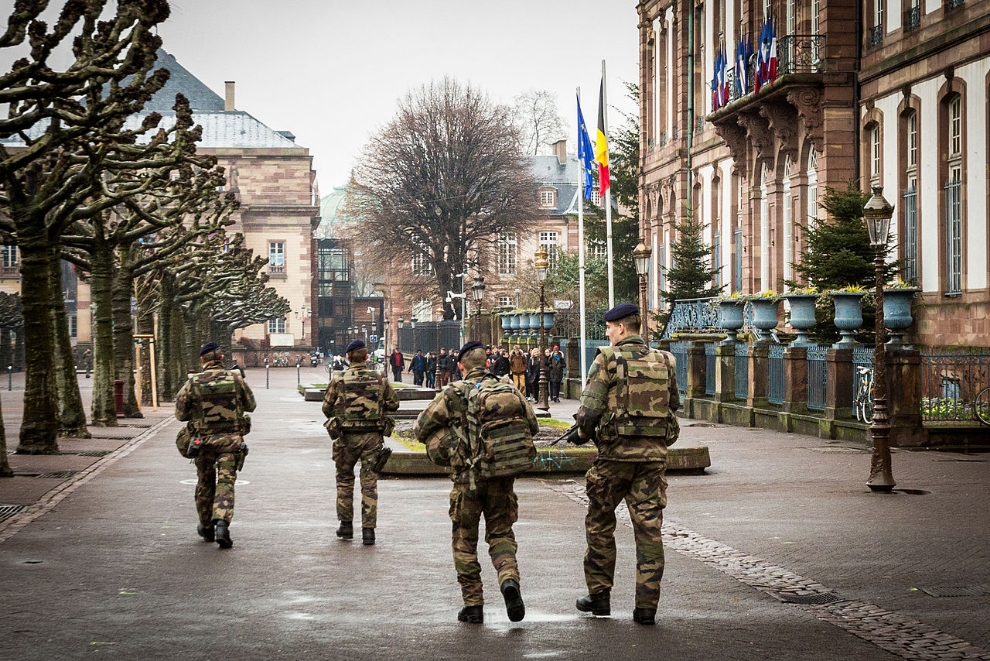 Source: Claude Truong-Ngoc
Source: Claude Truong-Ngoc
UF PRO's Garment Systems Recognised by Units Worldwide
Our advanced tactical garments, known for their innovative designs and exceptional durability, have become the preferred choice of elite military and law enforcement units worldwide. This not only demonstrates our commitment to providing cutting-edge solutions for demanding operational environments but also highlights the growing global trust in our brand's ability to deliver the best-possible blend of protection, functionality, and comfort.
We understand the critical nature of the missions that military personnel and law enforcement officers undertake. That is why we believe our gear serves as a crucial element in the operational success and safety of those professionals. We are honoured to contribute to the important work that these units do, and we look forward to a long and fruitful partnership with them.
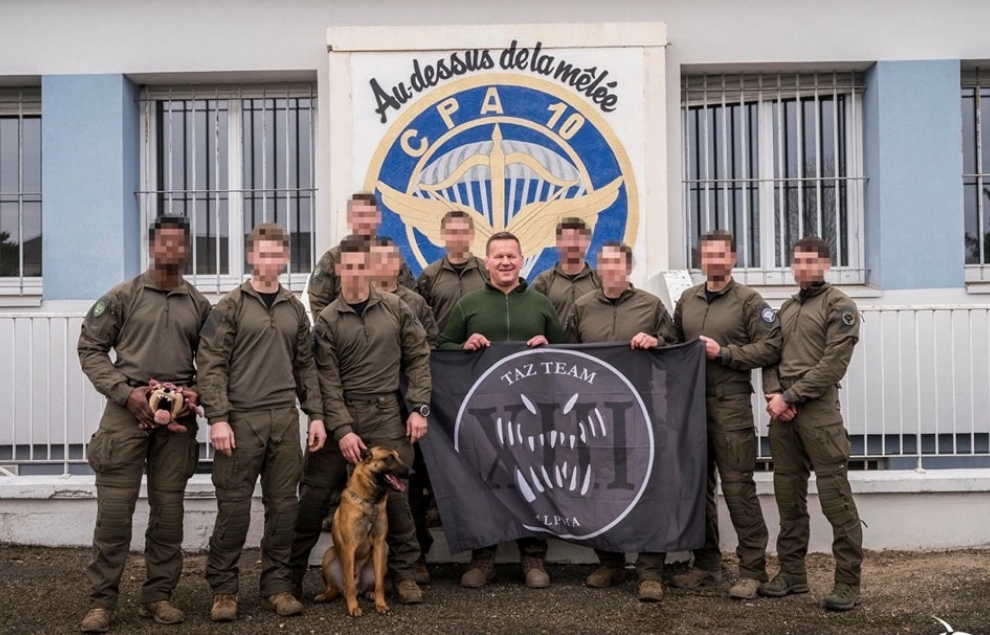 Source: Dimitri Chastan
Source: Dimitri Chastan
Conclusion
The French uniform has evolved significantly over the centuries, reflecting the changing nature of warfare and the unique challenges faced by the French military. From the flamboyant garb of the Musketeers and Royal Guards during France’s early modern period to the versatile and adaptable uniforms of today’s French army, these garments have played a critical role in the nation's military history.
As we continue to witness the evolution of military technology and tactics, it is fascinating to consider how the French uniform might adapt to meet the demands of future conflicts. By examining the past, we can gain valuable insights into the future of military uniforms, and better understand the role that these garments play in shaping the identity and effectiveness of a nation's armed forces.

